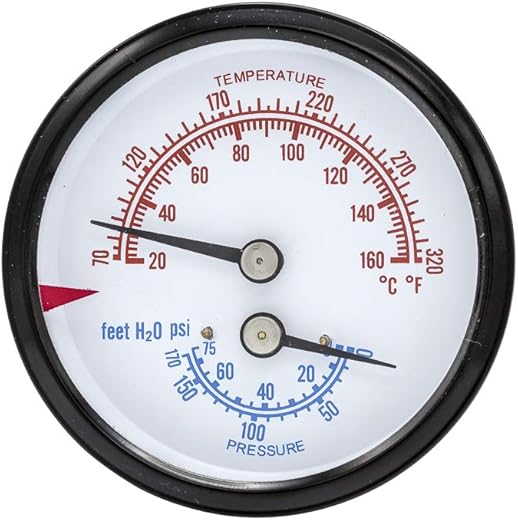







The Importance of Connection Indicators: Your Guide to Understanding Connectivity
In our increasingly digital world, staying connected is more vital than ever. Whether you’re streaming your favorite show, attending a virtual meeting, or simply browsing the web, the quality of your connection can make or break your experience. Enter the connection indicator—a small yet significant feature that offers insights into your device’s connectivity status. But what exactly is a connection indicator, and why should you care? Let’s dive deeper.
What is a Connection Indicator?
At its core, a connection indicator is a visual representation that informs you about the status of your internet or network connection. Think of it as a traffic light for your connectivity: green means go, yellow indicates caution, and red suggests a problem. These indicators can take various forms, from simple icons on your device’s screen to more elaborate notifications in your software interface.
But why do these indicators matter? They serve as your first line of defense in identifying connectivity issues. When the signal is strong, you can enjoy seamless streaming and fast downloads. Conversely, a weak signal can lead to buffering and frustration. So, understanding how to interpret these signals can save you a lot of headaches.
Types of Connection Indicators
Connection indicators can be categorized into several types, each with its own nuances. Here are a few common ones you may encounter:
1. Wi-Fi Signal Strength Indicator
This indicator typically appears as a series of bars on your device. The more bars you see, the stronger your connection. If you’re only seeing one bar, it may be time to move closer to your router. It’s akin to trying to hear someone whisper from across a crowded room—you need to be closer to catch every word.
2. Mobile Data Indicator
Similar to the Wi-Fi indicator, this shows the strength of your mobile data connection. It can display various signals, like 4G, LTE, or 5G. Understanding these signals helps you gauge your internet speed on the go. For example, if you’re in an area with 5G coverage but your phone shows 4G, it might be time to check your settings.
3. Ethernet Connection Indicator
For those who prefer a wired connection, the Ethernet indicator is crucial. This often appears as a small light on your router or network adapter. A green light typically signifies a stable connection, while a red or blinking light might indicate a problem. It’s like the heartbeat of your internet—steady and strong means you’re good to go!
Decoding Connection Issues
So, what do you do when you notice your connection indicator turning red or showing fewer bars than usual? Here are some steps to help you troubleshoot the problem:
1. Check Your Device
Sometimes, the issue lies with your device. Restarting it can resolve temporary glitches that hinder connectivity. Think of it as giving your device a fresh start, much like a quick nap can rejuvenate you.
2. Inspect Your Router
Your router is the backbone of your home network. Ensure it’s powered on and all cables are securely connected. A quick reboot can often do wonders. If your router is older, consider upgrading to a newer model that supports higher speeds and better connectivity.
3. Move Closer to the Source
Physical obstructions can disrupt your signal. Walls, furniture, and even other electronic devices can interfere with your connectivity. If you’re working from a remote location, try to position yourself closer to your router for a stronger connection.
4. Update Your Settings
Sometimes, outdated software or firmware can lead to connectivity problems. Regularly check for updates to ensure your device is operating at its best. It’s similar to getting a tune-up for your car; it keeps everything running smoothly.
Conclusion
In conclusion, connection indicators may seem like a minor feature, but they play a crucial role in your online experience. Understanding how to read and respond to these indicators empowers you to tackle connectivity issues head-on. Whether you’re streaming, gaming, or working remotely, being mindful of your connection status can significantly enhance your digital life.
Next time you glance at your device’s connection indicator, remember: it’s more than just a signal; it’s your gateway to a seamless online experience.
FAQs
1. What should I do if my connection indicator is consistently red?
If your connection indicator is consistently red, first check your device and router for any issues. Restart both, and ensure all cables are securely connected. If the problem persists, consider contacting your internet service provider.
2. How can I improve my Wi-Fi signal strength at home?
To improve your Wi-Fi signal strength, try relocating your router to a central location in your home, reducing physical obstructions, and investing in Wi-Fi extenders if necessary. Regularly check for firmware updates to optimize performance.
3. Are there apps to monitor my connection strength?
Yes, several apps are available that can help you monitor your connection strength and diagnose issues. Popular options include Speedtest by Ookla and NetSpot, which provide detailed insights into your network’s performance.
